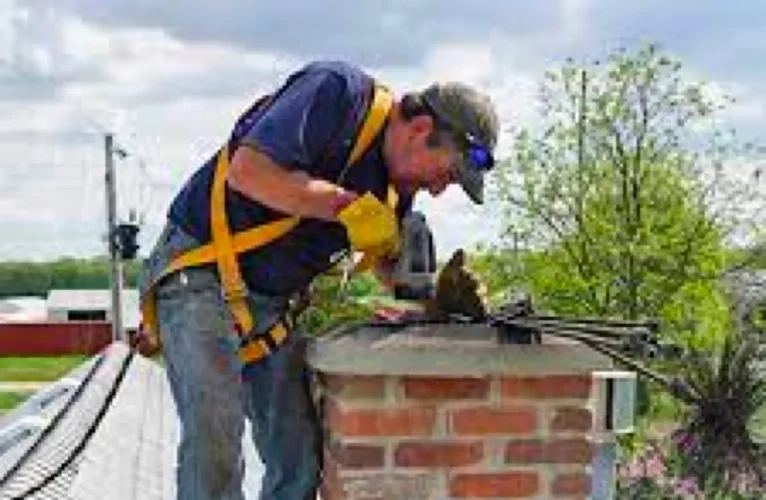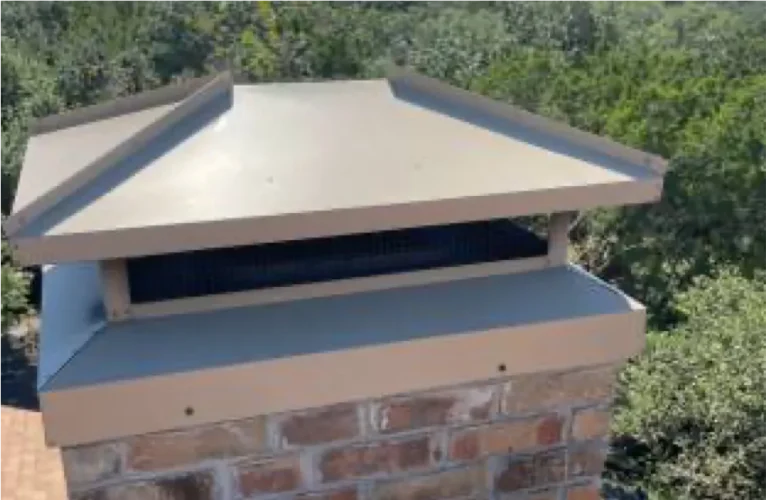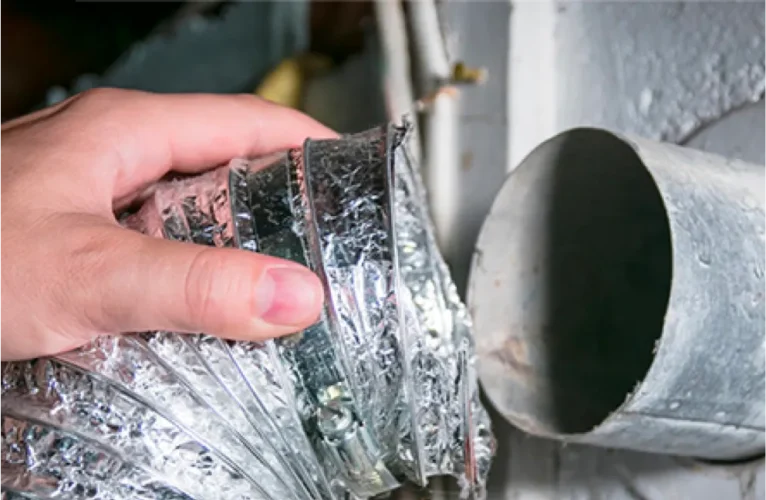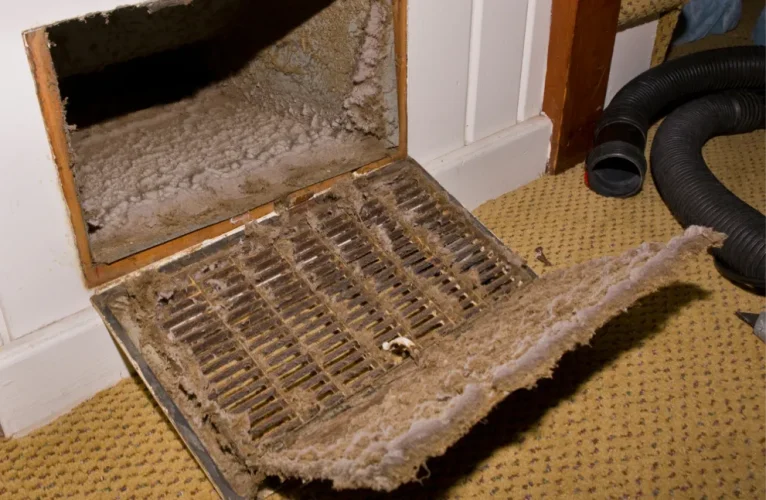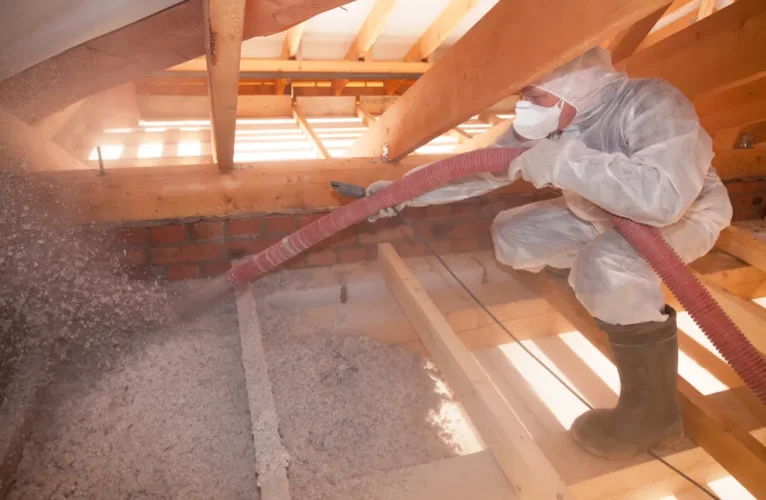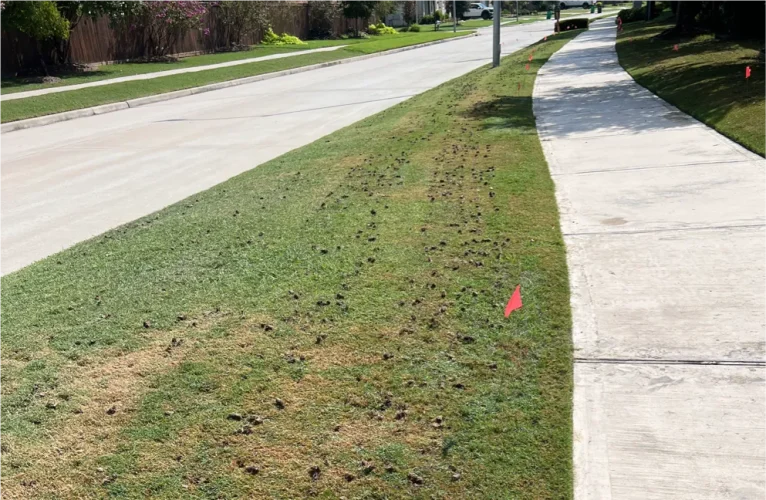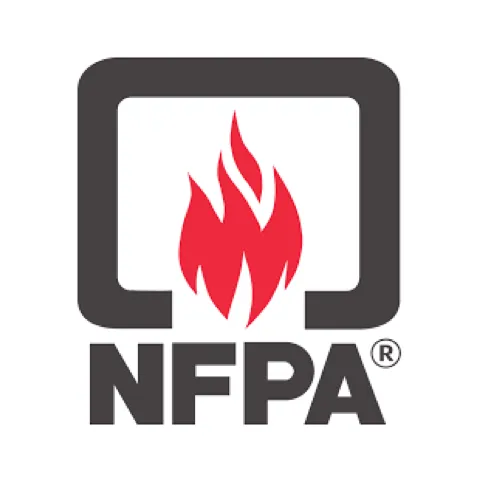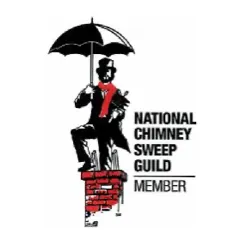Professional Camera Chimney Inspections for Home Safety and Maintenance
Camera-assisted chimney inspections offer a detailed visual assessment of the interior of the chimney, allowing certified experts to identify issues such as creosote buildup, cracks, blockages, and other potential safety hazards. These inspections provide homeowners with peace of mind and ensure thorough evaluation of their chimney’s condition.
Professional Camera Chimney Inspections: An Overview
A professional camera chimney inspection isn’t just a quick glance from below. It’s a thorough assessment that provides a clear image of the inside of your chimney. It’s like having x-ray vision for your chimney!
When we talk about “professional camera inspections,” it means using top-of-the-line equipment that enables us to get up-close and personal with your chimney’s interior. At Nature’s Own Chimney Cleaning, our certified experts use high-definition cameras strategically placed in chimneys to capture real-time images. This technology offers homeowners a comprehensive understanding of their chimney’s condition, covering soot buildup, cracks, or obstructions.
The benefit is that it allows informed decisions on maintenance and repairs. No need to wonder about what’s going on inside; you can see precisely where the problems lie and address them promptly.
Similar to getting an MRI or X-ray for your body, a professional camera inspection provides detailed visuals that accurately represent the situation instead of relying on guesswork based on surface appearances.
In essence, with a visual understanding of your chimney’s condition, you’re better equipped to make decisions regarding maintenance or repairs, preventing potential hazards before they escalate.
Benefits of Camera Chimney Inspections for Home Safety
There are several key benefits to having your chimney professionally inspected with a camera. It’s not just about being thorough; there are real advantages to using this advanced technology to safeguard your home and family.
Early Detection of Hazards
Getting a closer look with a camera helps us catch problems before they can get worse. The camera reveals hidden dangers such as cracks, obstructions, or buildup that might not be visible to the naked eye. Catching these hazards early can help prevent costly chimney fires or leaks of dangerous carbon monoxide gas.
By identifying soot or creosote buildup, we actively find potential fire hazards. These camera inspections are crucial for highlighting areas where harmful substances have gathered and could pose a significant threat if left unchecked.
Preventative Maintenance
Regular inspections help prevent costly damage and ensure that your chimney works safely and efficiently. By catching small issues early on, larger, more expensive problems can be avoided. This helps keep your home and its occupants safe while keeping long-term costs down by dealing with issues when they’re still small and manageable.
In essence, these inspections act as preventative care for your chimney – like how regular car maintenance can prevent major breakdowns later on. It ensures that minor issues are addressed before they turn into major, costly problems, which ultimately safeguards your home and saves you money in the long run.
Documentation for Insurance Claims
In the unfortunate event of an incident, having documented inspection reports from professional camera inspections can support insurance claims. These reports demonstrate proactive maintenance in caring for your chimney—it shows you’ve taken steps to ensure its safety and longevity.
Let’s say there’s a chimney fire or a carbon monoxide leak. Having documentation from regular inspections can help support your case with insurance providers. This proactive approach demonstrates that you’ve done everything possible to maintain the safety of your home and its occupants.
Professional camera chimney inspections offer numerous benefits—from early detection of hazards to proving proactive maintenance for insurance claims. These advanced inspections go beyond just identifying issues; they actively work towards keeping homes and families safe in both the short and long term.
Methods of Chimney Inspection: Traditional vs. Tech-Forward
When ensuring the safety and proper functioning of your chimney, the method of inspection can significantly influence the detection of potential issues. Traditional inspection involves a physical examination by a professional using a flashlight and mirrors. It helps identify common problems but may not reveal certain intricate issues within the chimney structure.
A traditional inspection is akin to shining a light in dark places—it can reveal obvious issues such as blockages or excessive soot build-up. However, it has limitations when it comes to uncovering more complex problems like hidden cracks, structural damage, or the presence of animals or debris in hard-to-reach areas. Think of it as looking at the tip of an iceberg; there might be substantial concerns lurking beneath the surface that remain unseen.
Tech-Forward Inspection
On the other hand, a tech-forward inspection utilizes high-definition cameras mounted on flexible rods, providing a real-time view of the chimney’s interior. This method offers a more detailed and accurate assessment compared to traditional methods.
Instead of relying solely on their eyes, technicians are able to navigate the entire length of the chimney with these cameras, identifying issues such as deteriorated mortar joints and flue tiles, obstructions like bird nests or creosote buildup, making it easier to assess necessary repairs accurately. The ability to capture images during the inspection allows for documentation which can be utilized for insurance claims or during home sales.
By employing cutting-edge technology, homeowners can gain a comprehensive understanding of their chimney’s condition without guesswork or oversight.
Understanding these differing methods of chimney inspection can help you make an informed decision about which approach best suits your needs for regular maintenance and safety checks.
Safety Protocols for Camera Chimney Inspections
When it comes to professional camera chimney inspections, several crucial safety measures must be adhered to to protect both the technician and the integrity of your home. Before beginning a camera inspection of the chimney system, it is imperative to ensure that the fireplace or heating system connected to the chimney is shut down. This means no fires should be burning during the inspection process.
By shutting down the chimney system before the inspection, we reduce the risk of accidents or injuries, allowing the technician to work under safer conditions without exposure to heat or open flames. This standard procedure aligns with industry safety guidelines and ensures that every step of the inspection process is conducted without potential hazards.
Safety Gear and Equipment
Furthermore, it’s paramount for the technician conducting the camera inspection to have access to proper safety harnesses and protective gear. This equipment includes helmets, gloves, safety goggles, and clothing designed to shield against soot and debris. The use of safety harnesses helps prevent falls or slips when navigating through potentially challenging spaces within the chimney structure.
Such safety precautions embody our dedication to maintaining a secure environment throughout the inspection process. They enable our technicians to execute their duties without compromising their well-being or your property.
Ensuring these safety practices helps guarantee a successful and incident-free camera chimney inspection that prioritizes both the technician’s well-being and the preservation of your home’s structural integrity.
How Camera Inspection Helps in Chimney Maintenance
We all know that prevention is better than cure, and this holds true for chimney maintenance as well. A camera inspection brings a level of precision and detail to the assessment process that can significantly enhance the efficacy of any maintenance effort.
Targeted Cleaning
When you simply guess at where dirt or damage might be, there’s a risk of wasting time and missing spots or causing damage by not cleaning correctly. But with a camera inspection, we can pinpoint exactly where the problem is located. This means that cleaning efforts are directed exactly where they are most needed, ensuring optimal results. It saves time, effort, and money by streamlining the cleaning process.
For instance, if the inspection reveals that the buildup of creosote is concentrated in a particular section of the chimney, the cleaning team can focus solely on that area, thus ensuring thorough removal without unnecessary disturbance to other parts of the structure.
Precision Repairs
Not only does camera inspection aid in targeted cleaning, but it also facilitates precision repairs. By identifying specific areas of damage or issues, such as cracks or loose bricks, technicians can carry out repairs with utmost precision. The result? Well-targeted repairs that address specific problems without having to dismantle large sections of the chimney unnecessarily.
By being able to clearly identify defects before they develop into larger issues, homeowners can save significant time and money on repairs. This targeted approach enhances both the efficiency and cost-effectiveness of chimney maintenance, allowing for early intervention when necessary.
Camera inspections bring a new level of accuracy and efficiency to chimney maintenance efforts. With targeted cleaning and precision repairs, a camera inspection ensures that every maintenance action is rooted in precisely identified issues and concerns, ultimately promoting the long-term health and safety of your chimney.
Scheduling Your Camera Chimney Inspection: Things to Know
When it comes to guaranteeing your home’s safety and maintaining your chimney in top condition, scheduling your camera chimney inspection is crucial for peace of mind. Here are some vital things to consider before your inspection:
Ensuring Clear Access
Before the inspection, it’s important to ensure clear access to the chimney by clearing any obstructions or obstacles that may hinder the inspector’s examination. This ensures a comprehensive assessment, making it easier to identify any blockages, damage, or other concerns that may require attention.
Clear access ensures a thorough examination, aiding in the identification of any potential issues that may need attention.
Dormancy Period
Another crucial aspect to keep in mind is the dormancy period of the chimney. The chimney should have been dormant for at least 24 hours before the inspection. This ensures that the structure has had sufficient time to cool down, creating a safe environment for the inspector to work without any risk of heat-related hazards.
The dormancy period allows for safe access and handling during the inspection, promoting a secure and effective examination process.
Communication of Concerns
Effective communication is key when scheduling your camera chimney inspection. Be sure to communicate any specific concerns or symptoms you may have noticed regarding your fireplace and chimney. For example, if you’ve experienced unusual odors or excessive smoke during fireplace use, these symptoms should be communicated to the inspector.
Open communication ensures that potential issues are given close attention during the inspection, leading to a more targeted assessment and identification of underlying problems.
Prioritizing clear access, considering dormancy periods, and open communication of concerns are crucial components when scheduling your camera chimney inspection. They not only contribute to the efficiency and accuracy of the inspection but also play a significant role in ensuring the safety and maintenance of your home’s chimney capabilities.


